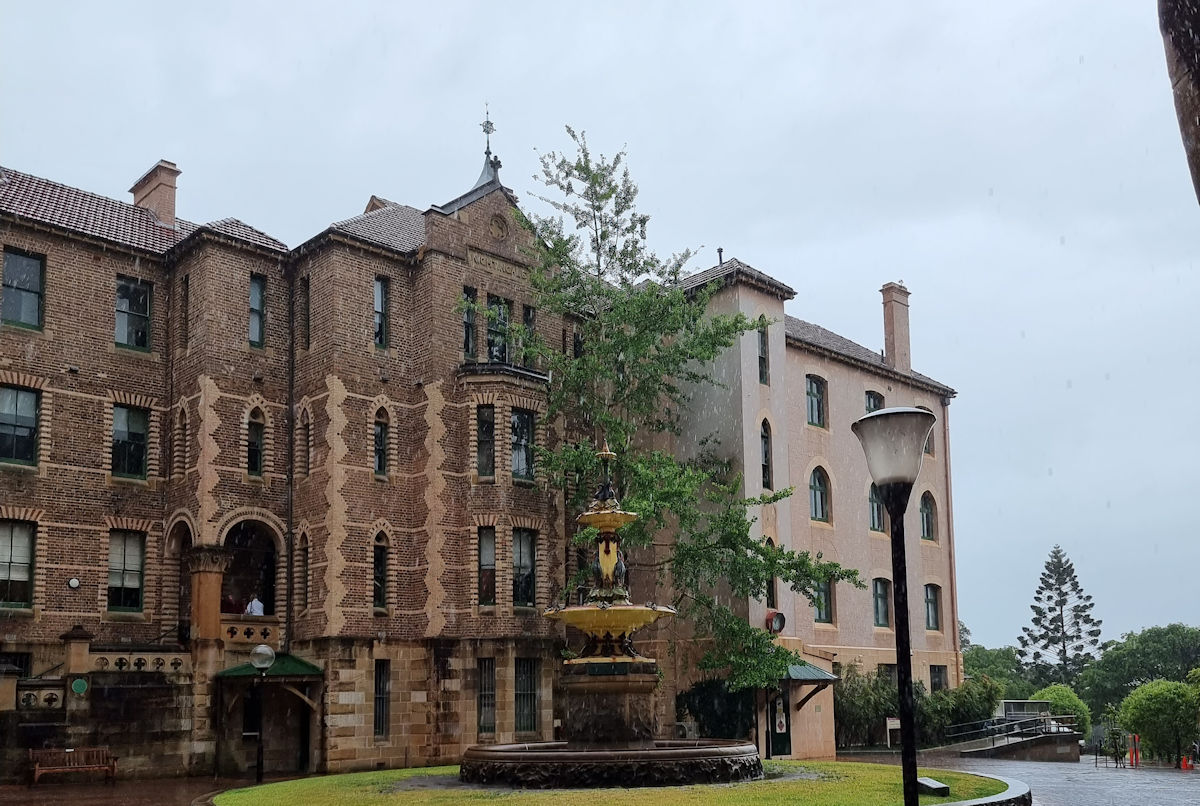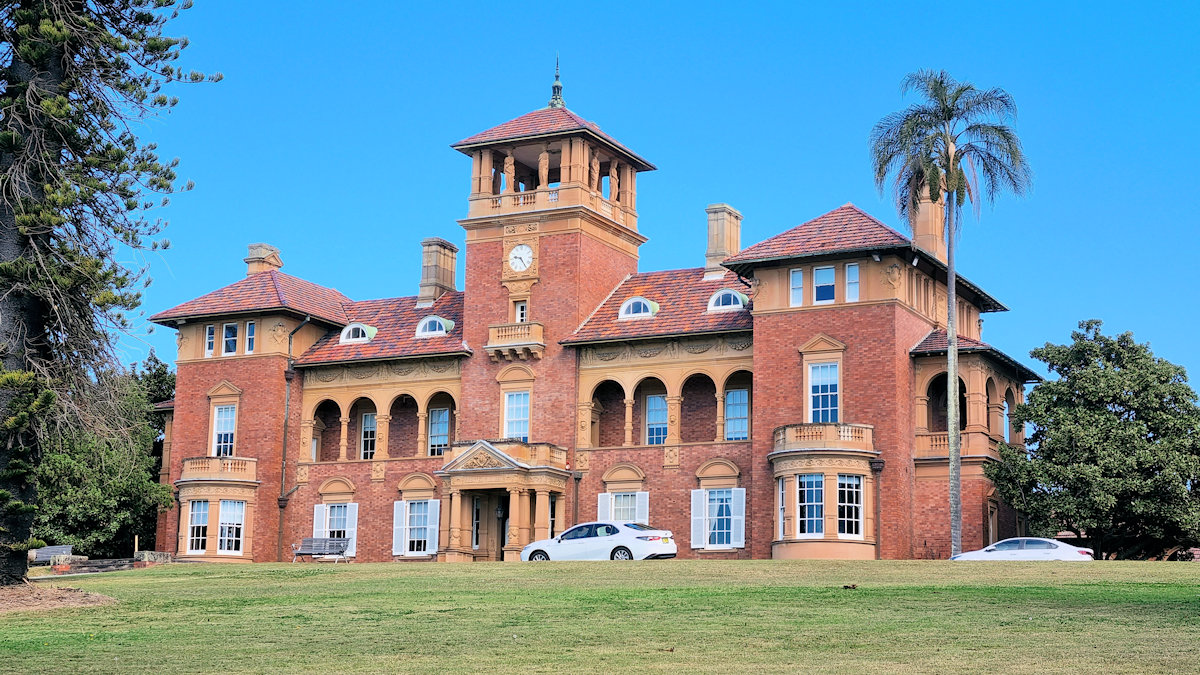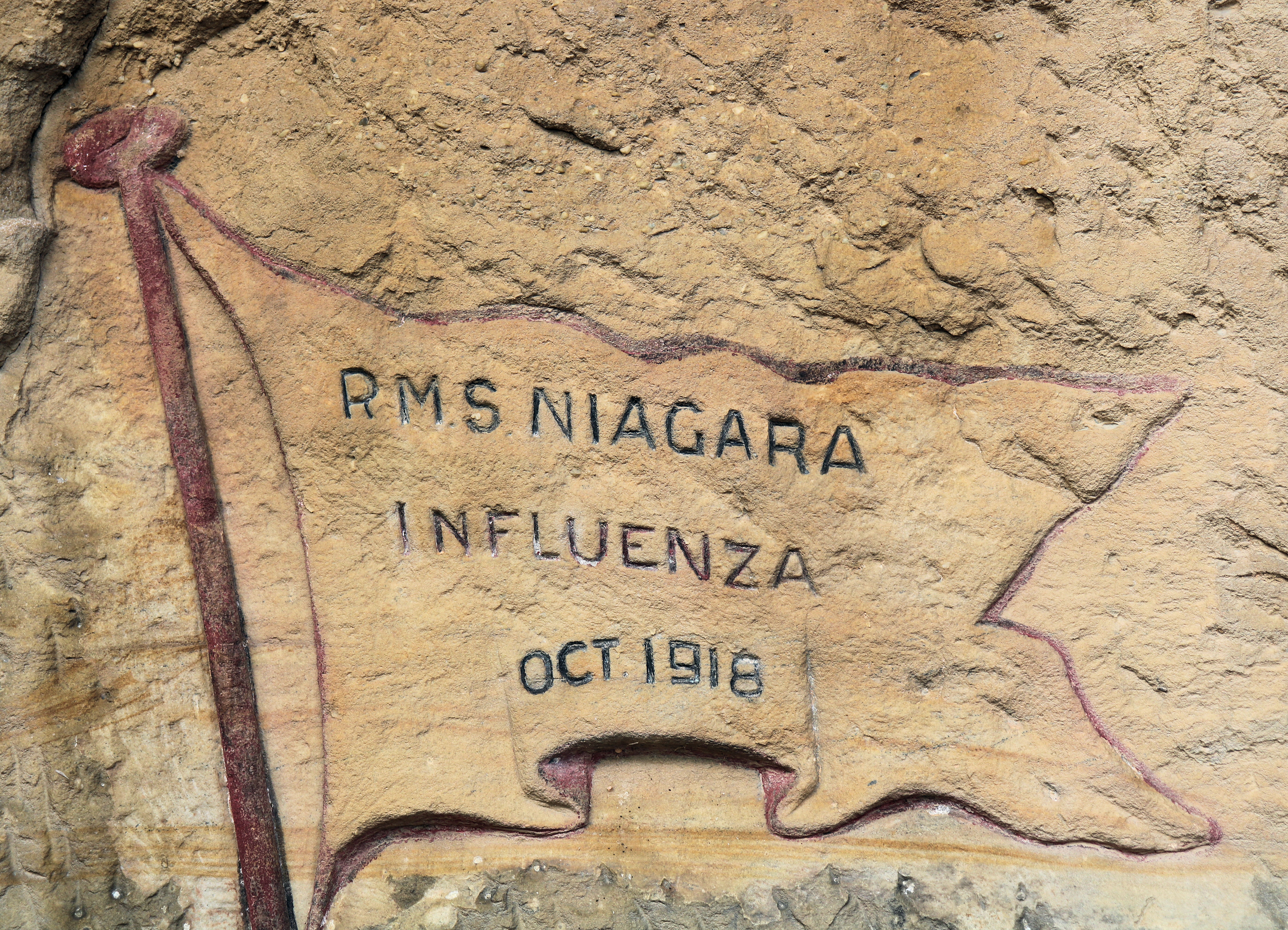Tag: hospital
-
Nightingale Wing Sydney Hospital

Nightingale Wing Sydney Hospital Nightingale Wing Sydney Hospital Located in the Sydney CBD, the Nightingale Wing, Sydney Hospital, is a historical building of both medical and architectural significance. Completed in 1869, this sandstone and polychrome-brick Gothic Revival structure is the site of the first nursing school in Australia. History The Nightingale Wing owes its name… Read more
-
Rivendell School Sydney Australia

Rivendell School Sydney Australia History Opened on 21st September 1893 what is now Rivendell School was originally the Thomas Walker Convalescent Hospital. Built from money from Walker’s will, the hospital treated over 70,000 patients convalesced at the hospital, including servicemen from the 1914-18 and 1939-45 World Wars. In 1977, the hospital was transformed into a… Read more
-
North Head Quarantine Station Sydney

North Head Quarantine Station An important part of Sydney’s past, North Head Quarantine Station once protected the city from disease by acting as the quarantine station from early in the colonies founding until 1984. Although now disused, and renamed Q Station, it contains accommodation and a restaurant, while preserving the historical significance of the area.… Read more